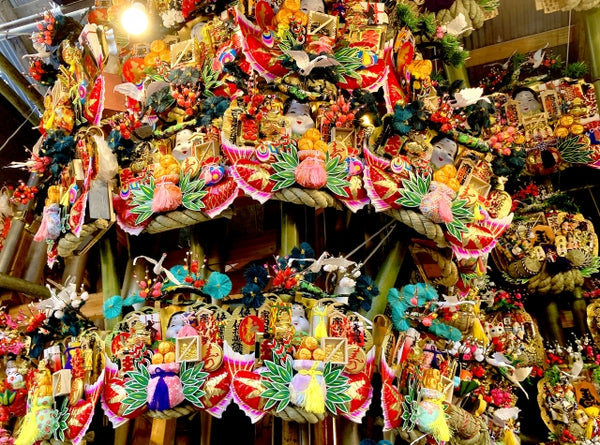Three Must-See Japanese Autumn Festivals

Autumn festivals in Japan are full of lively traditions and plentiful food, ranging from harvest moon viewings to autumn leaf viewings and beautiful night festivals.

Tsukimi Festivals (Moon-Viewing Festivals)
Japan's Moon-Viewing Festivals are held every autumn between mid-September to late October. This ancient tradition includes decorating homes, especially near a window or veranda from where the viewing occurs. The decorations feature offerings such as round rice cakes called tsukimi-dango, symbolizing the full moon. Eating them is said to bring health and happiness. The displays may also include items associated with tea ceremony, ikebana, or pampas grass (which symbolizes the rice harvest). Friends and family gather in the warmth and comfort of their homes on a peacefully crisp night and share seasonal foods like edamame, chestnuts, or pumpkin.

Kurama no Hi Festival (Kurama Fire Festival)
Held on the streets of Kurama village near Kyoto on October 22nd of each year, Kurama Fire Festival begins when watchfires are lit in front of homes at sunset. Local men donning traditional warrior garb use the fires to light giant flaming torches weighing up to 80 pounds. They then parade the torches through the town on the way up to nearby Mount Kurama in a lively demonstration of strength. This exciting festival welcomes a bountiful harvest and the chilly nights to come with a flourish, continuing centuries of tradition.

Tori no Ichi Festival (Rooster Market Festival)
The Tori no Ichi Festival began in the Edo era as a harvest festival held on the days of the rooster as indicated by the lunar calendar. Over the years, the event evolved into a large-scale festival to wish for good health, good fortune, and successful business for the new year as the current calendar year begins drawing to a close. The iconic symbols of the festival are the kumade (decorative rakes made of bamboo). Many shop owners sell these rakes featuring elaborate designs during the festival. Although originally for sweeping up fallen leaves, today, kumade serve as decorative charms meant to "rake in" good fortune. This festival features a unique and fun atmosphere unique to the Tokyo area.
Autumn festivals are the perfect opportunities to experience more intimate and personal exchanges with traditional Japanese culture, allowing you to soak up a warm and friendly atmosphere before the cold winter months set in.
About the author:

Jessica Craven
Jessica Craven is a writer, artist, and designer passionate about introducing aspects of Japanese culture to English-speaking audiences. Previously, she studied Japanese traditional art forms and Japanese art history at Akita International University, worked in art museums and galleries in the United States, and returned to Japan to work in Saitama for five years on the JET Program. She is fascinated by how traditional Japanese art forms, like tea ceremony, are also closely related to philosophy and health. She currently lives in Tokyo, where she is continuing her writing career.




